Caravaggio's Rome: Art, History, and Life
Immerse yourself in a captivating free walking tour that unveils Caravaggio's masterpieces and the vibrant history of Rome's landmarks.
Time
3 Hours
Stops
8 Places
Distance
1.6 km
Piazza Navona
Begin your journey at Piazza Navona, a vibrant square known for its stunning Baroque architecture and lively atmosphere, perfect for soaking in the essence of Rome.
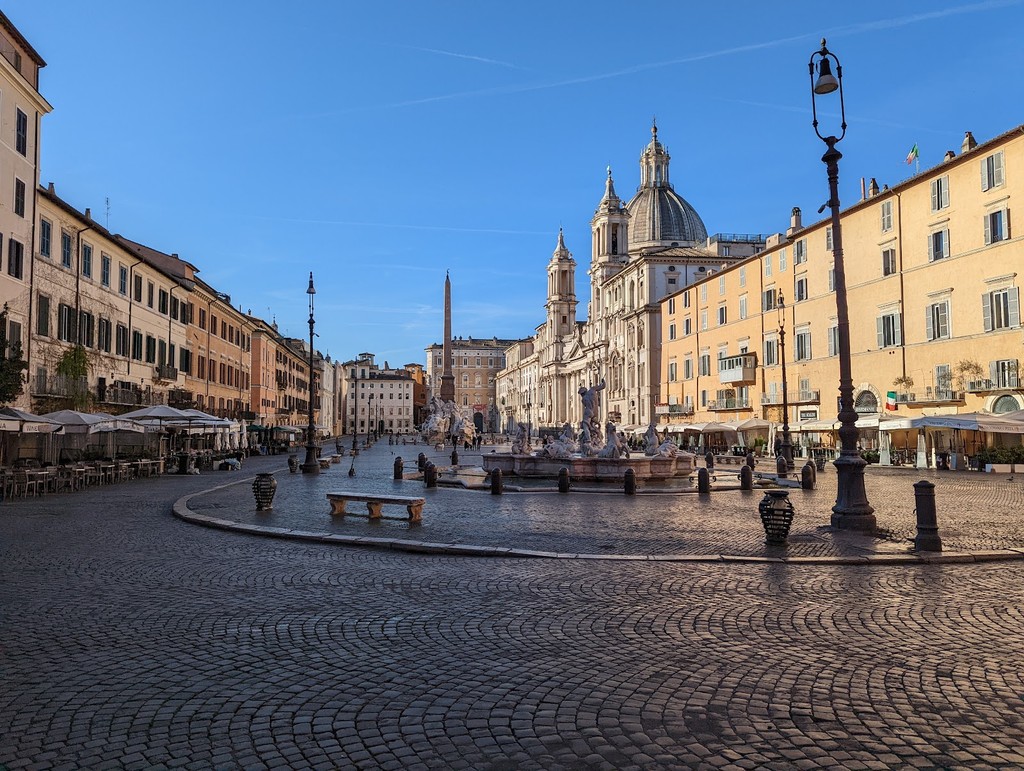
Piazza Navona (Source: Google Maps)
Piazza Navona, a quintessential Roman square, is renowned for its lively atmosphere and stunning Baroque architecture. Originally built as a stadium in the 1st century AD, it has transformed into a vibrant public space surrounded by cafes and artists. The square is adorned with three magnificent fountains, including Bernini's famous Fountain of the Four Rivers, which symbolizes the four major rivers of the four continents known at the time. The architecture reflects the grandeur of Baroque style, with its flowing lines and dramatic sculptures, making it a favorite spot for both locals and tourists. The square is not just an architectural marvel; it's a cultural hub where street performers and artists showcase their talents, embodying the lively spirit of Rome.
Church of Sant'Agnese in Agone
Located right on Piazza Navona, this Baroque church is a masterpiece designed by Borromini, offering a glimpse into Rome's architectural splendor.
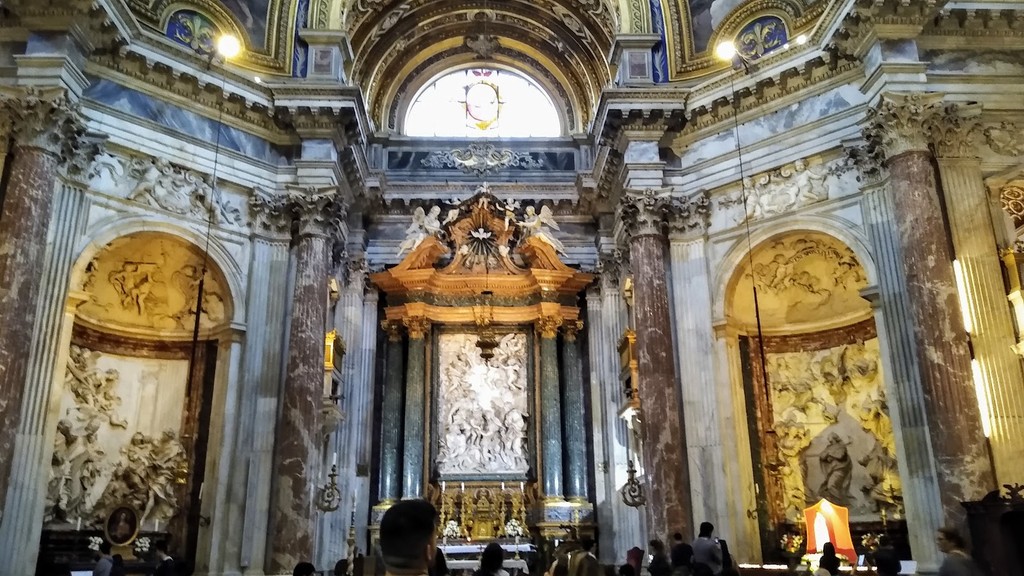
Church of Sant'Agnese in Agone (Source: Google Maps)
The Church of Sant'Agnese in Agone, located at the heart of Piazza Navona, is a remarkable example of Baroque architecture designed by Francesco Borromini. Built between 1652 and 1672, it is dedicated to Saint Agnes, a martyr of the early Christian church. The church's façade is characterized by its dynamic curves and intricate details, which create a sense of movement and grandeur. Inside, visitors are greeted with stunning frescoes and an ornate altar that captures the essence of Baroque artistry. The church also features a unique oval-shaped dome, which was an architectural innovation of its time. Sant'Agnese in Agone is a testament to the religious fervor and artistic ambition of the era, making it a significant site for both art lovers and history enthusiasts.
Palazzo Madama
A short walk away, Palazzo Madama houses the Italian Senate and is an excellent example of Renaissance architecture in the heart of Rome.
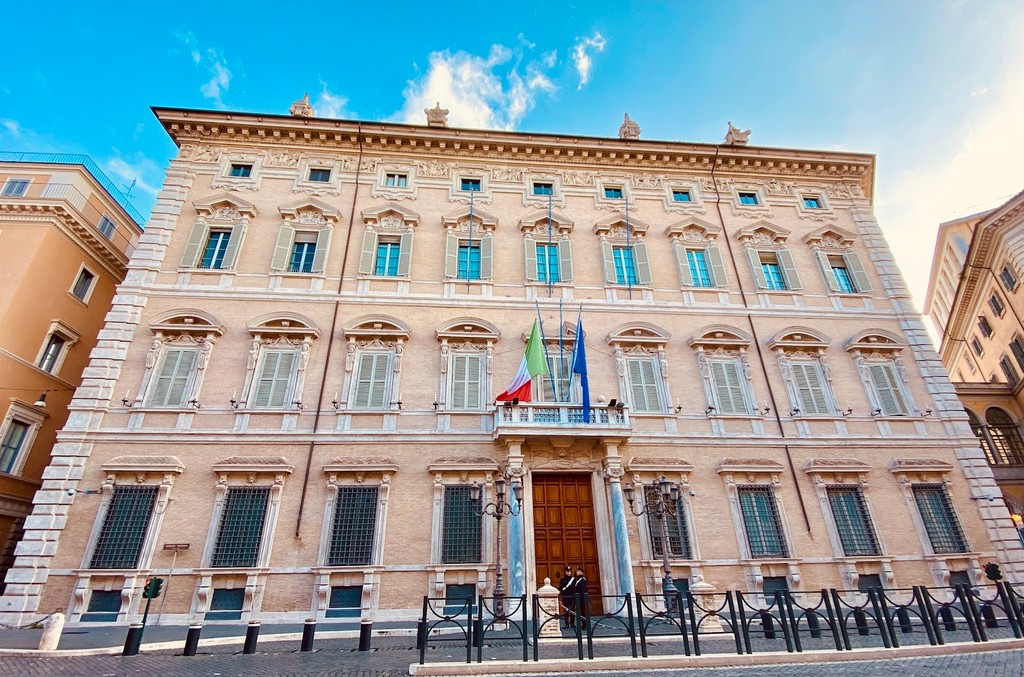
Palazzo Madama (Source: Google Maps)
Palazzo Madama stands as a prominent example of Renaissance architecture and is home to the Italian Senate. Originally built as a fortress in the 15th century, it underwent significant transformations to become a seat of political power. The façade showcases a blend of architectural styles, reflecting its rich history. Visitors can admire its elegant windows and the grand staircase that leads to the entrance. Inside, the palazzo features beautifully decorated rooms and halls that echo the grandeur of the Italian Renaissance. The building is not only a political center but also a cultural landmark, housing important artworks and historical artifacts. Its location in the heart of Rome makes it a vital part of the city’s political and cultural landscape, symbolizing the evolution of governance in Italy.
San Luigi dei Francesi
This church houses three significant Caravaggio paintings, including "The Calling of Saint Matthew," offering a profound insight into the artist's dramatic use of light.
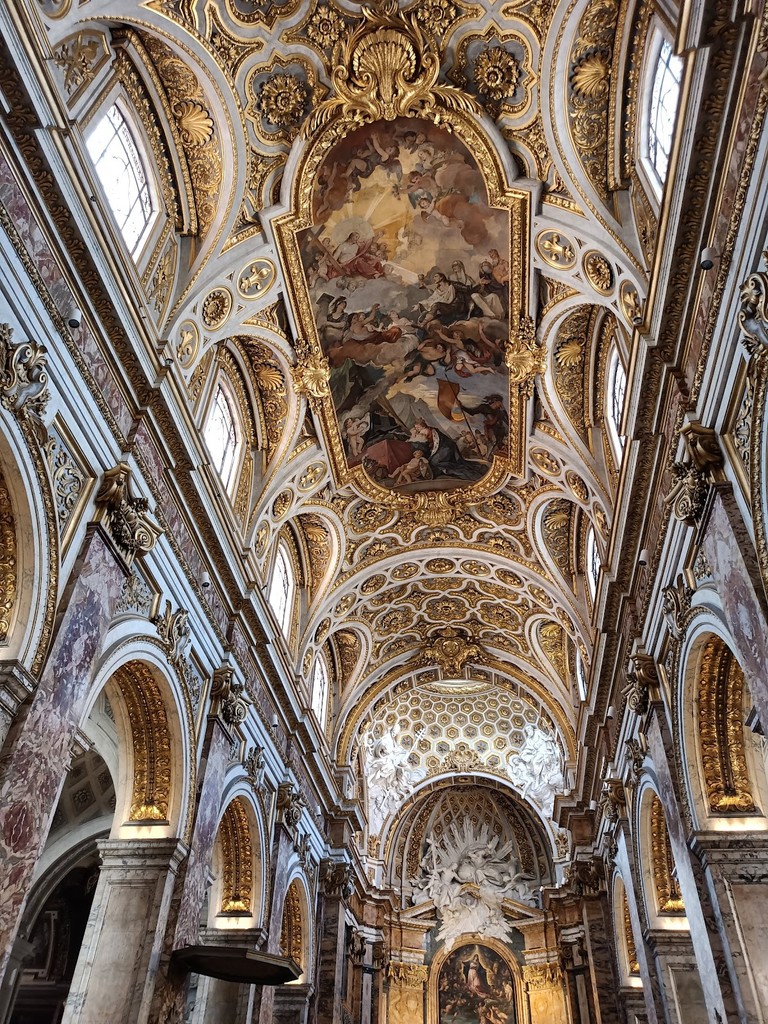
San Luigi dei Francesi (Source: Google Maps)
San Luigi dei Francesi is a significant church in Rome, famous for housing three masterpieces by the renowned artist Caravaggio. Completed in the 17th century, the church is dedicated to Saint Louis of France and showcases a blend of Renaissance and Baroque architectural styles. The highlight of the church is its Chapel of Saint Matthew, where Caravaggio's paintings, including 'The Calling of Saint Matthew,' dramatically illustrate the moment of divine intervention. His unique use of chiaroscuro, the contrast of light and shadow, creates a powerful emotional impact. The church's interior is adorned with beautiful frescoes and intricate details, making it a must-visit for art enthusiasts. San Luigi dei Francesi not only serves as a place of worship but also as a sanctuary for Caravaggio's profound artistic legacy.
Pantheon
Just a few minutes away, the Pantheon is an ancient Roman temple with its awe-inspiring dome, a must-see for any visitor to Rome.
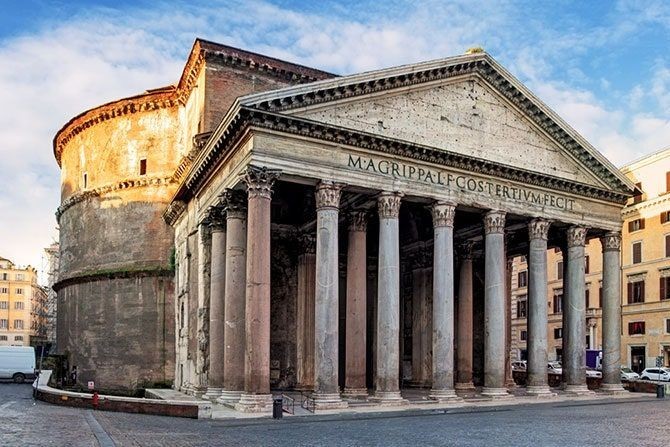
Pantheon (Source: Google Maps)
The Pantheon, one of Rome's most iconic structures, is an ancient Roman temple dedicated to the gods of Ancient Rome. Completed around 126 AD, it is renowned for its massive dome, which remains the world's largest unreinforced concrete dome to this day. The oculus at its center allows natural light to illuminate the interior, creating a celestial atmosphere. The Pantheon's portico, with its grand columns and impressive façade, exemplifies the architectural prowess of the Roman Empire. Over the centuries, it has served various purposes, including a Christian church, which has helped preserve its structure. The Pantheon is not only an architectural wonder but also a cultural symbol of Rome's enduring legacy, attracting millions of visitors who marvel at its historical significance and beauty.
Piazza della Minerva
Adjacent to the church, this small square features Bernini’s Elephant and Obelisk, showcasing the playful side of Baroque art.
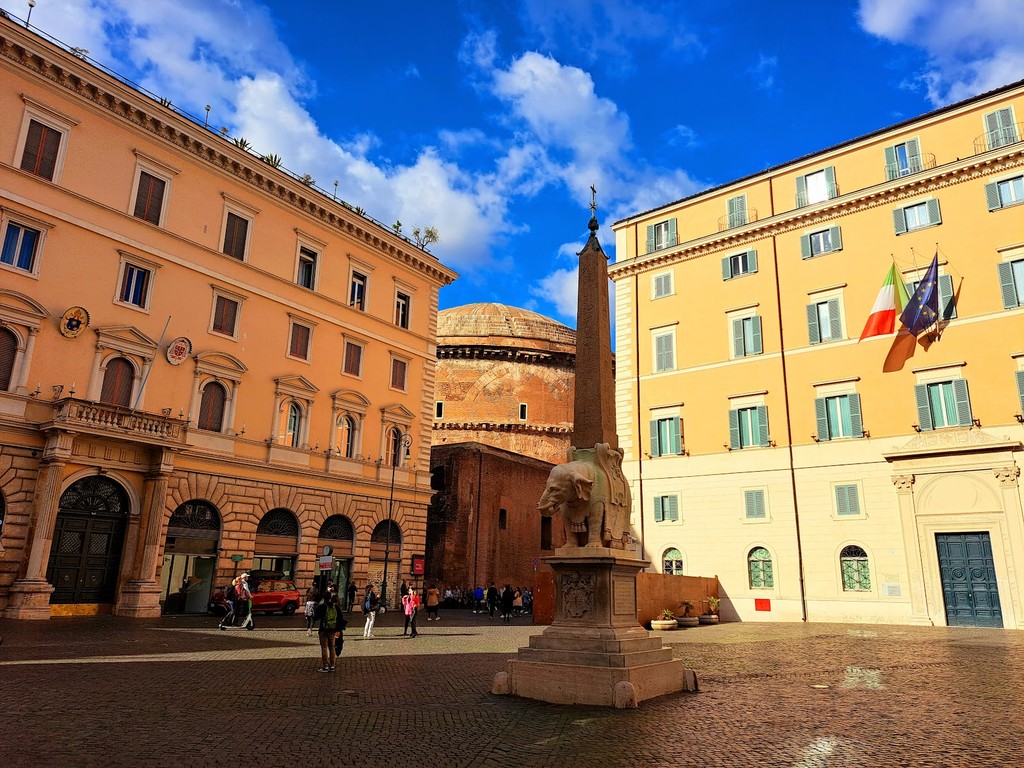
Piazza della Minerva (Source: Google Maps)
Piazza della Minerva is a charming square located near the Pantheon, distinguished by its artistic features and historical significance. The square is home to Gian Lorenzo Bernini's famous sculpture of an elephant supporting an obelisk, which adds a whimsical touch to the Baroque surroundings. This playful representation of the elephant, a symbol of wisdom, contrasts with the solemnity of the nearby Santa Maria sopra Minerva church. The square is a popular gathering place for locals and tourists alike, providing a serene atmosphere amidst the bustling city. Surrounded by cafes and shops, visitors can enjoy the vibrant ambiance while taking in the artistic and historical elements that define this picturesque location. Piazza della Minerva embodies the charm of Rome, where art and everyday life intertwine beautifully.
Santa Maria sopra Minerva
Close to the Pantheon, this Gothic church is home to another Caravaggio masterpiece, "The Madonna of the Pilgrims," highlighting his unique artistic style.
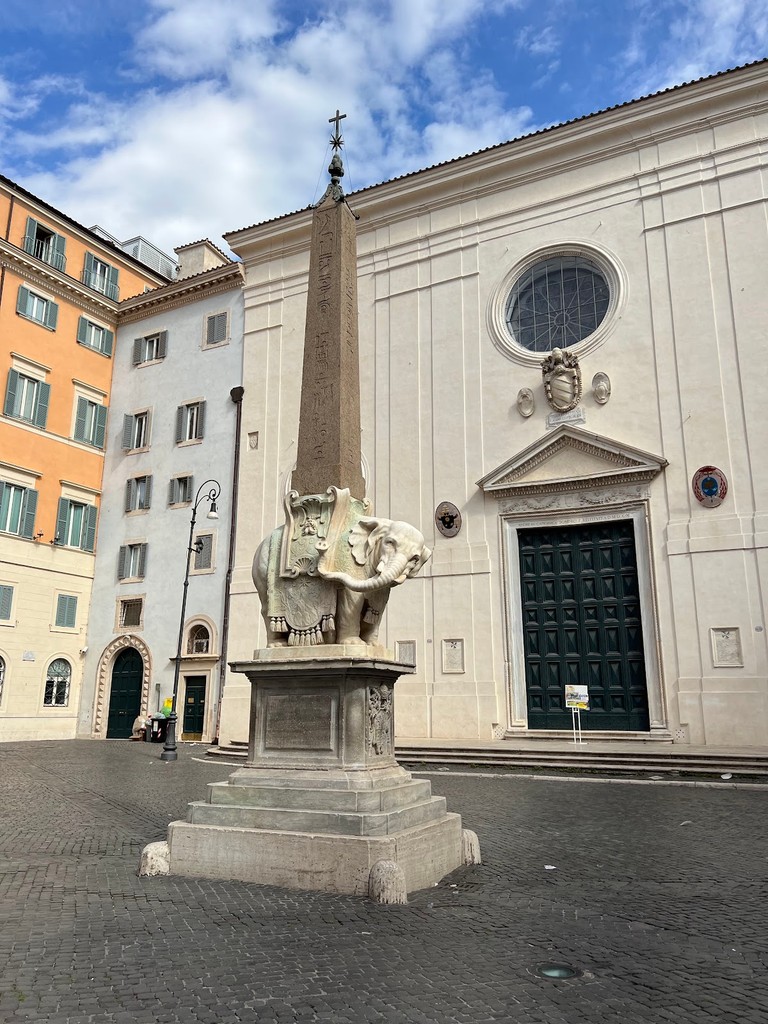
Santa Maria sopra Minerva (Source: Google Maps)
Santa Maria sopra Minerva is a Gothic church located near the Pantheon, known for its stunning architecture and artistic treasures. Built over the ruins of a Roman temple, it features a striking façade with a beautiful rose window and intricate sculptures. The interior is equally impressive, housing several notable artworks, including Michelangelo's famous statue of Christ the Redeemer and Caravaggio's 'The Madonna of the Pilgrims.' This masterpiece showcases Caravaggio's innovative use of realism and light, offering a glimpse into his unique artistic style. The church's tranquil atmosphere and rich history make it a significant site for both worship and art appreciation. Santa Maria sopra Minerva stands as a testament to Rome's diverse architectural heritage, blending Gothic and Renaissance elements, making it a must-visit for art lovers and history enthusiasts.
Campo de' Fiori
Conclude your tour at Campo de' Fiori, a bustling market square that transforms into a lively gathering spot in the evenings, perfect for experiencing local culture.
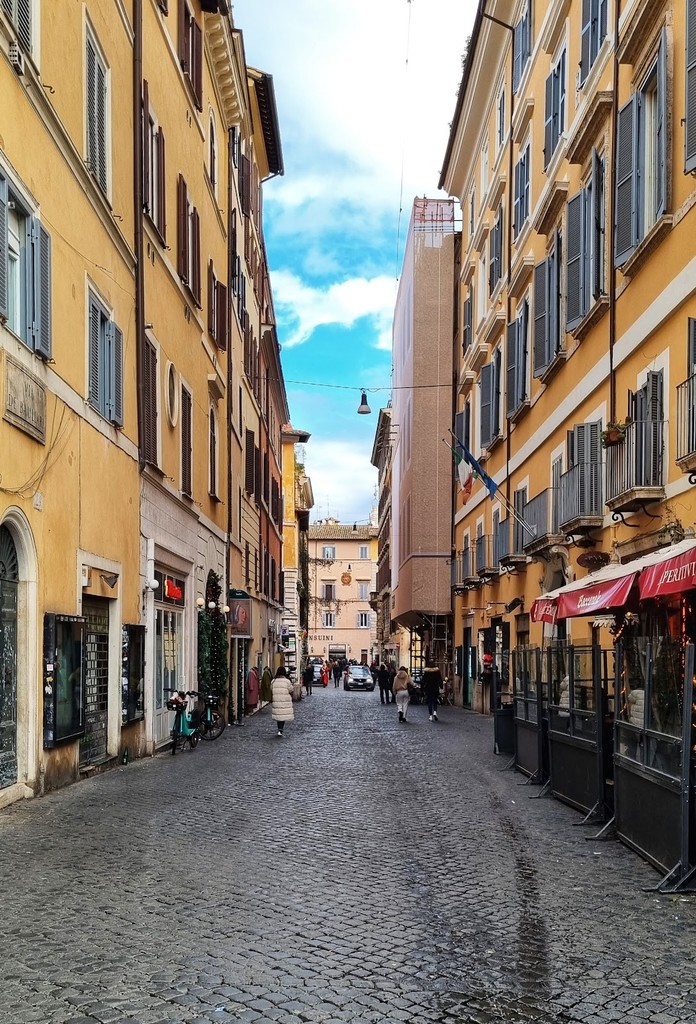
Campo de' Fiori (Source: Google Maps)
Campo de' Fiori is a vibrant market square that encapsulates the lively spirit of Rome. Known for its bustling market during the day, where fresh produce, flowers, and local products are sold, the square transforms into a social hub in the evenings. Its name translates to 'Field of Flowers,' reflecting its historical use as a marketplace since the 15th century. At the center of the square stands a statue of Giordano Bruno, a philosopher and martyr, symbolizing the square's cultural and historical significance. Surrounded by cafes and restaurants, Campo de' Fiori offers visitors a chance to experience authentic Roman life, with locals and tourists mingling in a lively atmosphere. The square is not only a place for shopping but also a venue for events and gatherings, showcasing the rich cultural tapestry of Rome.

Your travels, your rules.
Create your own Free Walking Tours.
Set your preferences, distances and anything you want to do or see.
Completely free, no payment required.